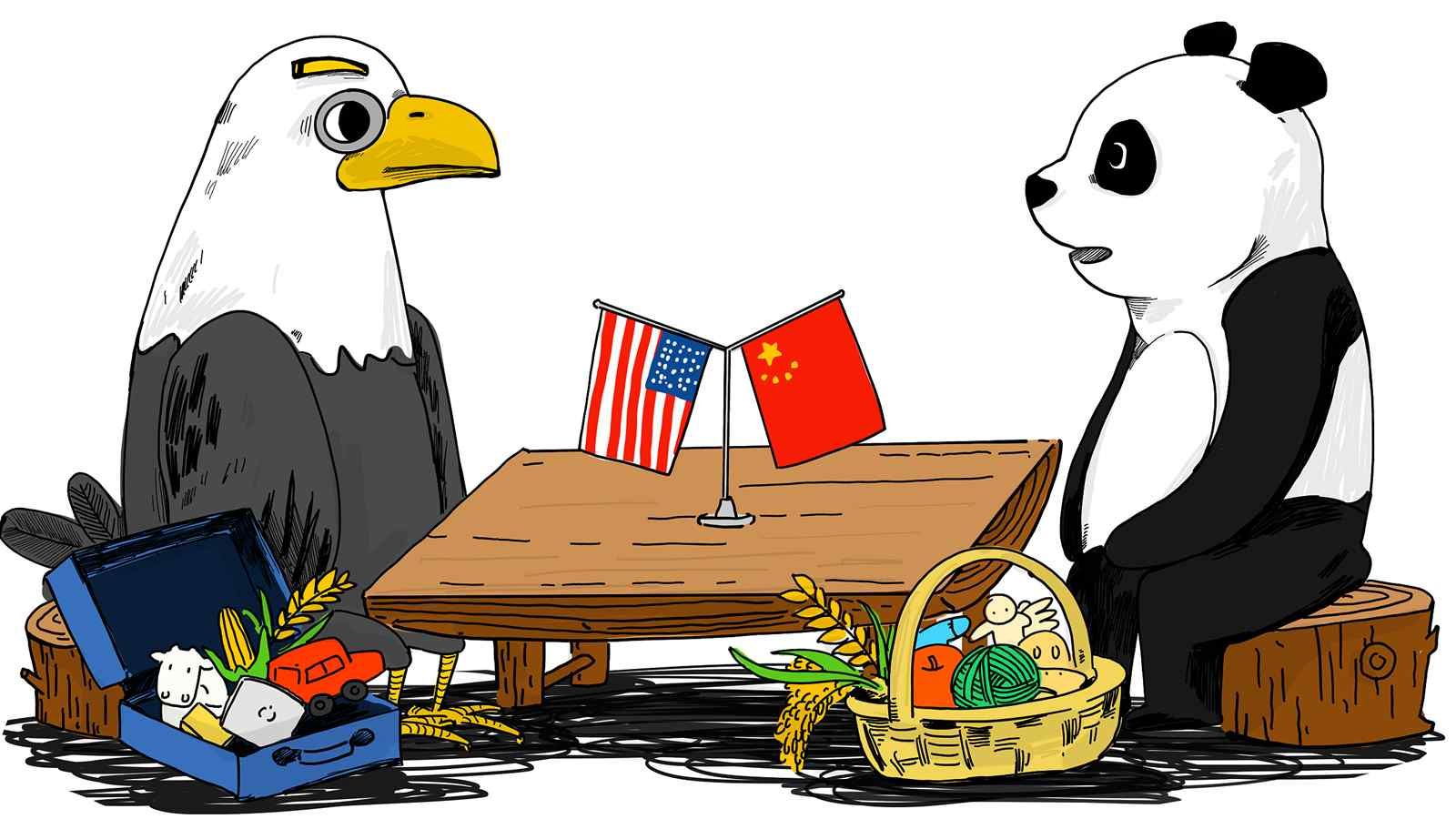
Domestic
07:52, 16-May-2019
What is China's stance on trade negotiations?
Updated
12:07, 16-May-2019
By Zhou Minxi

The latest escalation in China-U.S. trade dispute caught the world off guard just as the two countries were getting close to signing a deal. U.S. President Donald Trump has claimed that China "backed out" from the negotiation. But China has insisted it was, in fact, the U.S. that had repeatedly hindered progress on the talks.
Since February 2018, China and the U.S. have held 11 rounds of trade talks to resolve their differences and made significant progress.
Throughout the talks spanning more than a year, China's position in trade negotiations has always been the same: to work with the U.S. side toward a win-win solution based on equality and mutual respect. China never wanted a trade war or started one, and has only responded to unilateral actions from the U.S. side.
U.S. unilaterally initiated trade disputes
Washington fired the first shot at the beginning of 2018 when Trump decided to hit rivals and allies alike with tariffs on solar panels, washing machines, steel and aluminum under Section 201 and 232 of the Trade Act. Keen to deliver on his "America First" campaign promise, Trump was set out to be a disruptor of global trade since assuming office.
It didn't take long before he launched a Section 301 investigation against China over its trade, investment and intellectual property policies and practices. It was the first action of its kind by the U.S. against a trading partner in decades.

CGTN Graphic designed by Yin Yating
CGTN Graphic designed by Yin Yating
Who failed to honor agreed terms?
China and the U.S. began official economic and trade consultations in February 2018 and after four rounds of high-level talks reached their first trade truce in May. The consensus was to substantially reduce the U.S. trade deficit with China, which agreed to increase U.S. agriculture and energy imports meaningfully.
However, just 10 days after the two sides issued a joint statement agreeing to seek to resolve their economic and trade concerns proactively; the U.S. went back on those commitments in the first significant setback. The Trump administration criticized China's economic system and trade policies and reinstated a tariff it had suspended in the last talk.
The following months saw trade conflict escalate quickly in a series of tit-for-tat tariffs after the U.S. doubled down on those specifically aimed at China on three occasions. China had no choice but to respond with retaliatory measures.
Progress made, then disrupted again
The turning point came when the two leaders agreed to a trade truce during a widely anticipated meeting in Argentina on the sidelines of G20. But just as businesses and markets in both countries and worldwide responded positively to this news, the arrest of Huawei's CFO in Canada days later was a sign of the new contention brewing on the horizon.
In lieu of the leaders' agreement in December, negotiators from China and the U.S. are back at the table in January. The two sides held seven rounds of talks addressing a wide range of issues including technology transfers, intellectual property protection, non-tariff barriers, agriculture, services, currency, purchasing and enforcement mechanism.
Momentum was building with both sides expressing optimism. The 90-day trade truce was extended. In gestures of goodwill, China extended the suspension of tariffs on U.S. auto and auto parts and incentivized Chinese companies in buying U.S. soybeans. This was followed by a ban on all variants of the synthetic opioid fentanyl, which is viewed as a key concession to the U.S.
Unfortunately, China's intentions to meet the U.S. halfway were not reciprocated. On May 5, the U.S. once again unilaterally imposed further tariffs on Chinese goods, effectively undoing months of negotiation efforts and progress.
As bilateral trade talks took a turn for the worse this week, market confidence is battered over renewed uncertainty with no end in sight.
Looking back at the events that got us here, it is not hard to see that China has been constant and accommodating from the start. The same cannot be said about the U.S. because, at this point, it's unclear whether Trump's real intention is to be constructive or destructive.

SITEMAP
Copyright © 2018 CGTN. Beijing ICP prepared NO.16065310-3
Copyright © 2018 CGTN. Beijing ICP prepared NO.16065310-3